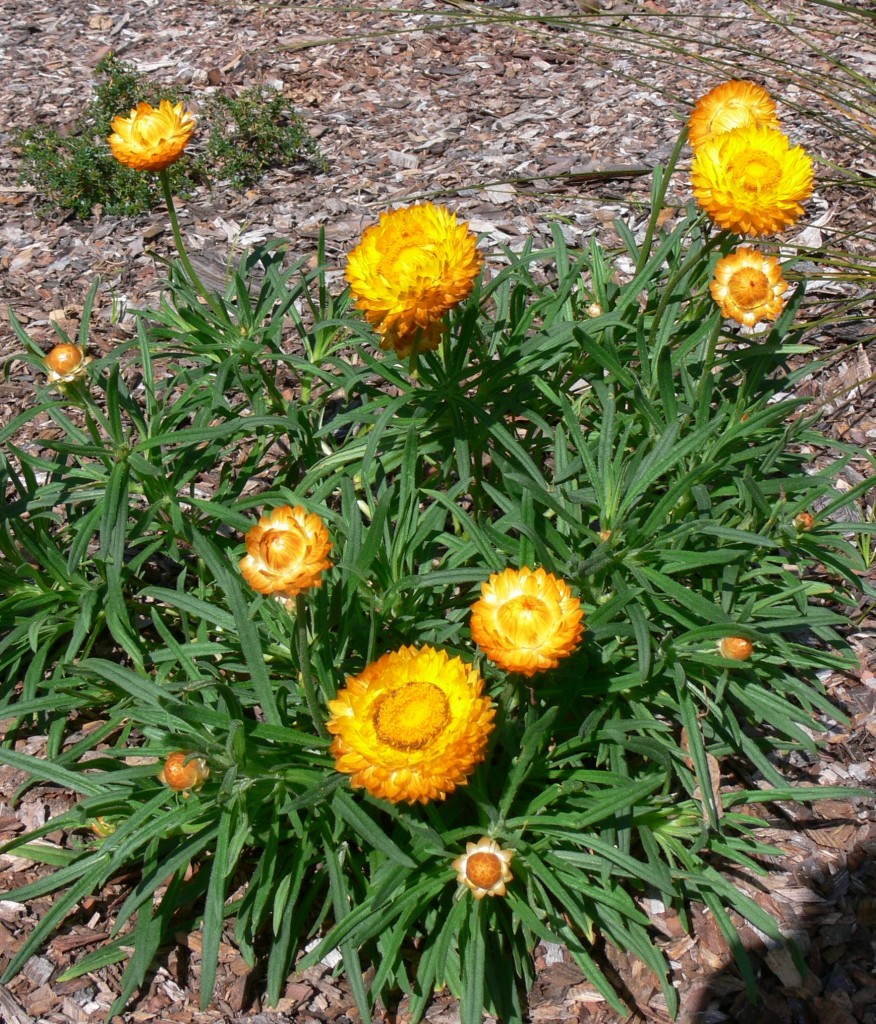Plant Directory
Everlasting Daisy (Bracteantha)
Botanical names of plants are used to help avoid confusion created by several plants using the same common name but occasionally the classification of a plant can lead to more confusion for the home gardener than common names.
A great example of this is a plant most of us know as the Paper or Everlasting Daisy. The genus has had four names since it was first described in 1803 with many species drifting in and out of the club as studies intensified. Starting as Helichrysum bracteatum, in 1991 it was reclassified as Bracteantha bracteata, a name under which it is still marketed today. However, one year before that classification, Russian botanist Nikolai Tzvelev had assigned it the name Xerochrysum bracteatum which is currently the plant’s official botanic name.
Fortunately this confusion has no impact on the plants growth or popularity with cultivars receiving awards around the world.
The strawflower is a member of the Asteraceae or daisy family and can be found growing naturally in most regions of Australia except the tropics. It is best known for the stunning flowers which retain their colour even when removed from the plant and dried. The flower head is surrounded by layers of stiff paper like bracts which are a modified leaf, not a petal.
It can be treated as either an annual or perennial depending on the region it is grown. Wet summers of the sub tropics often lead to rot at the base of the stem. Plant out fresh ones in late autumn to provide your garden with the glowing flowers through to Christmas.
Strawflowers are versatile in the home garden. They can be used in rockeries, cottage or bush gardens and annual garden beds. These have been carefully bred since the mid 19th century to provide us with a wide range of stronger colours. Modern varieties are often more compact than their wild or seeded cousins.
This is a particularly drought tolerant plant making it useful to the gardener who does not water their garden. Plant out in full sun into well drained, slightly acidic soil.
Dead-head throughout the flowering season to ensure bushiness and more blooms. If grown as a perennial, prune back old woody growth early in winter.




